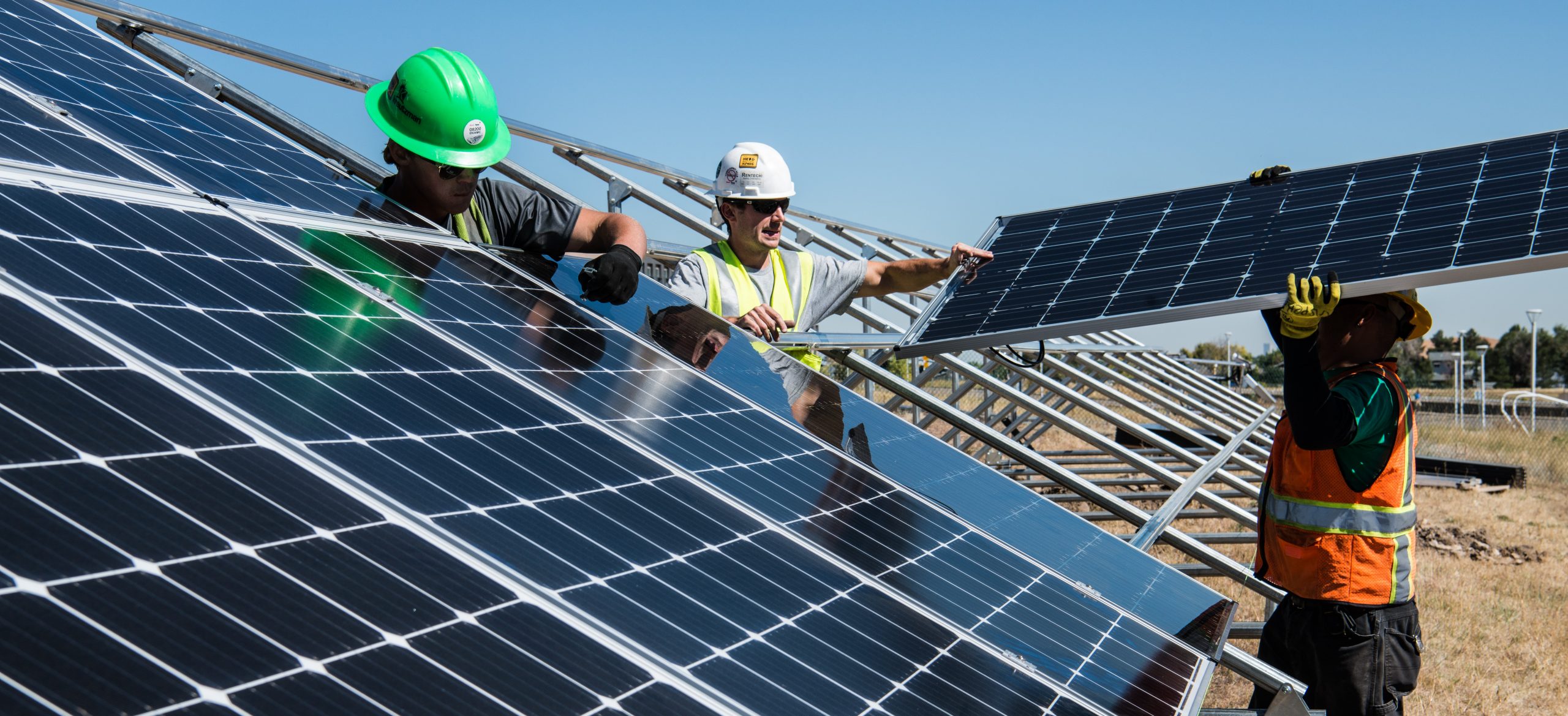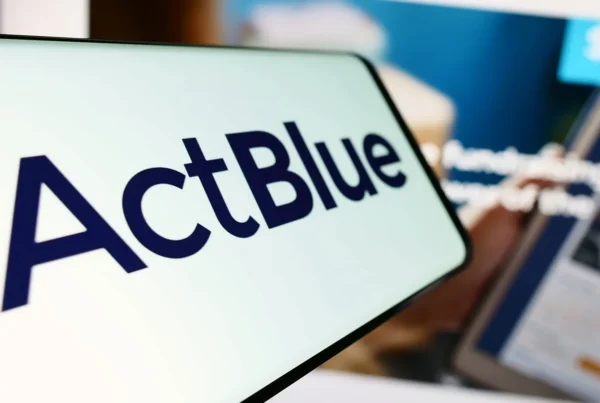Despite public support and a Democratic majority in Congress, a Green New Deal, like the one voted on in 2019, would likely still be dead on arrival. Broad support from labor unions for such a deal may be the key to getting it passed.
By Shane O’Callaghan 16.03.2021
Despite public support, a Democratic President, and a Democratic majority in Congress, a Green New Deal, like the one voted on in 2019, would likely still be dead on arrival, barring some major change in the state of play. One such catalyst could be advocates convincing the labor unions to get on board, as they are the last group needed to reforge the coalition of voters that helped President Franklin Roosevelt pass the series of financial reforms and public work projects intended to repair the damage done by the Great Depression known as the New Deal.
In 2019, the Green New Deal Resolution was introduced by Representative Alexandria Ocasio-Cortez and Senator Ed Markey. The Resolution proposed transitioning the United States to renewable, zero-emission energy sources while simultaneously addressing poverty through public jobs programs, increased minimum wage, increased access to training and education, and much more. More specifically, the resolution guaranteed a job with a family-sustaining wage, access to affordable health care, paid vacation, retirement security, and family and medical leave to every person in the country. It also guaranteed access to clean water, clean air, healthy and affordable food, and adequate housing. Additionally, the proposal included plans for repairing and upgrading the country’s infrastructure to reduce pollution, building “smart” power grids, upgrading buildings to be more energy-efficient, improving public transportation and railways to eliminate pollution, fostering growth in clean manufacturing, and working with those in the agricultural sector to significantly reduce pollution and greenhouse gas emissions. The resolution was voted down by a Republican-controlled Senate 57-0, with four Democrats siding with the Republicans and the rest refusing to even participate in what they called a “sham vote” by the Republicans.
In September 2020, a Guardian/Vice poll showed that over 80% of Democrats and 41% of Republicans support a Green New Deal. However, if it were to come to a vote in the Senate again, the deal would likely still not pass. Moderate Democrats, including West Virginia Senator Joe Manchin and Arizona Senator Kyrsten Sinema, have expressed reservations about a Green New Deal, with both voting against the resolution in 2019.
In the 1930s, to help pass the New Deal, President Franklin Roosevelt built what is now referred to as the New Deal Coalition. This coalition was made up of labor unions, blue-collar workers, minorities, farmers, rural white Southerners, and urban intellectuals. These same voters helped carry the Democratic Party for years, even after FDR was out of office.
In a Pew Research poll from January 2021, “strengthening the US economy” and “improving the job situation” were ranked as top priorities for an overwhelming percentage of Americans. Upon further examination, the demographics that prioritized these align closely with the New Deal coalition described above. The key piece of the puzzle missing is the unions.
In addition to Democratic control and uniform support amongst Democrats, one important piece absent in 2019 was broad support from the labor unions. The unions were divided on whether to support the Green New Deal. At the time, Richard Trumka the President of the AFL-CIO, the largest federation of labor unions in the United States, spoke out against the resolution, saying, “We weren’t part of the process, so the worker’s interest wasn’t really figured into it… We would want a whole bunch of changes made so that workers and our jobs are protected in the process.”
With nearly ten million Americans unemployed, the circumstances have clearly changed since 2019. The public, including the unions, would gladly welcome millions of new jobs, and a study conducted by Stanford University found that the Green New Deal would add roughly three million new jobs to the American economy. Advocates of the Green New Deal have pointed this out in the past, but they must make this, not climate change, the selling point of the plan.
Using the economic benefits, especially job creation, as the pretext for a Green New Deal, advocates must consult with the labor unions to amend the 2019 resolution into a plan they would support. Considering the amount of influence that labor unions have in Washington, earning their support for a Green New Deal would likely be enough to convince the last Democratic senators and, potentially, some of the Republicans that rely on these voters as well. Forging a Green New Deal Coalition may not carry the Democratic Party for years as the New Deal Coalition did, but it may be enough to pass some much-needed legislation to fight climate change.





